During a century, 90 races took place on the Circuit de la Sarthe (the 91st is set to start on July 10, 2023), with the only interruptions being caused by a worker’s strike in 1936 and the Second World War between 1940-1948.
Each edition of the famous race was thrilling in its own way, but undoubtedly the wildest, most fascinating race took place in the summer of 1965. Its story involves an unsuccessful sabotage attempt, a ghost driver, a jet-powered car, and an epic underdog win.
Background

Photo: Rainer W. Schlegelmilch
The 1965 contest was the 33rd edition of the iconic endurance race. Organized by the Automobile Club de l’Ouest (ACO), it took place on 19 and 20 June, marking the 12th round of the World Sportscar Championship.
After a wet week that led to the cancelation of the initial practice session for the first time in the event’s history, the race weekend started with warm, sunny weather, attracting a huge crowd.
The starting grid featured 51 entries, 42 of which were part of factory-backed teams, highlighting a renewed interest from the world’s biggest sports car manufacturers after years of privateer-dominated races.
The second round of the Ford vs. Ferrari battle
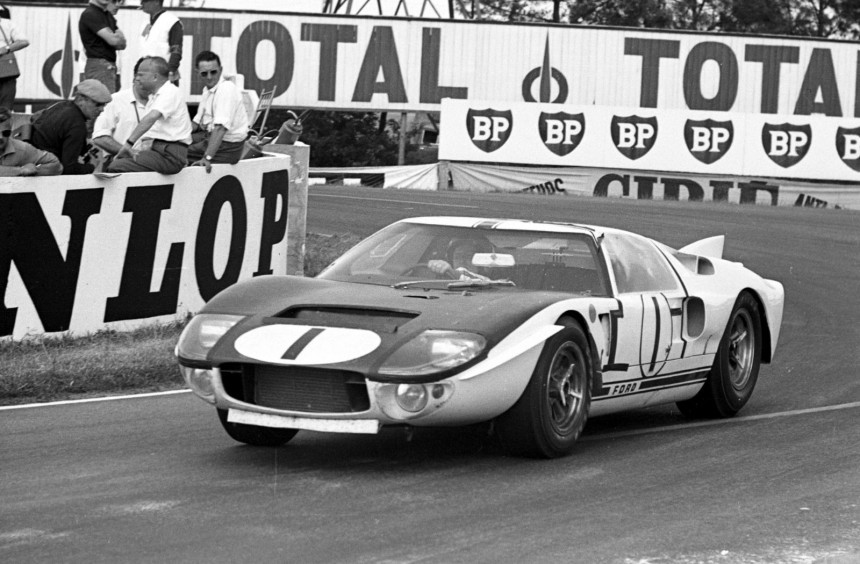
Photo: Ford Motor Co
As most of you know, thanks to the Holywood blockbuster Ford v Ferrari, the American manufacturer was hellbent on ending Ferrari’s dominance at Le Mans, where the Italians had won the previous five races.
To this end, the Blue Oval kicked off the GT40 program in 1964 and lined up three cars at the previous Le Mans race, but none managed to finish it. In 1965, Ford returned with six GT40s, three of which – two GT40Xs and one GT40 Spyder – were equipped with a new 427-ci (7.0-liter) V8. In addition, five Ford-powered Daytona Coupes completed the American carmaker’s detachment.
Ferrari, the bookmakers’ favorite to win the race, lined up two brand-new 330 P2 Spyder prototypes along with a small army of different models, including a 365 P2 Spyder, a 275 P2, a 275 GTB, a Dino 166 P, and five 250 LMs.
Ford disappoints again
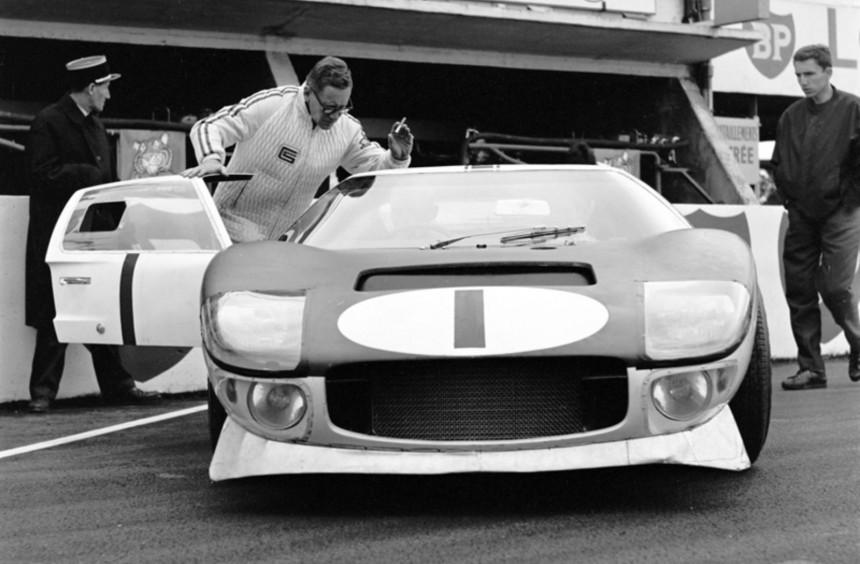
Photo: Ford Motor Co
After the first two hours of racing, Ford seemed to be marching toward a comfortable victory. Ken Miles’ GT40X was comfortably in the lead ahead of the Ferrari P2s of Scarfiotti, Bonnier, and Parkes. However, things started going downhill quickly for the American manufacturer.
The nightmare started with Ford France’s GT40 Spyder, forced to retire with a broken gearbox after about 2 hours on the track. Less than an hour later, Phil Hill’s GT40X had to spend about 40 minutes in the pits due to a clutch issue. Another hour later, the leading GT40X, co-driven by Ken Miles and Bruce McLaren, entered the pits with gearbox issues and never returned.
Seven hours in, and all six GT40s were out of the race. The Daytona Coupes remained the only Ford-powered cars left on the track, but they were no match for Farrari’s P3 prototypes. To make matters worse, four of those five Daytonas ended up retiring, leaving only the Jack Sears/Dick Thompson car to finish the race in the 11th position.
Ferrari wins and loses the race at the same time
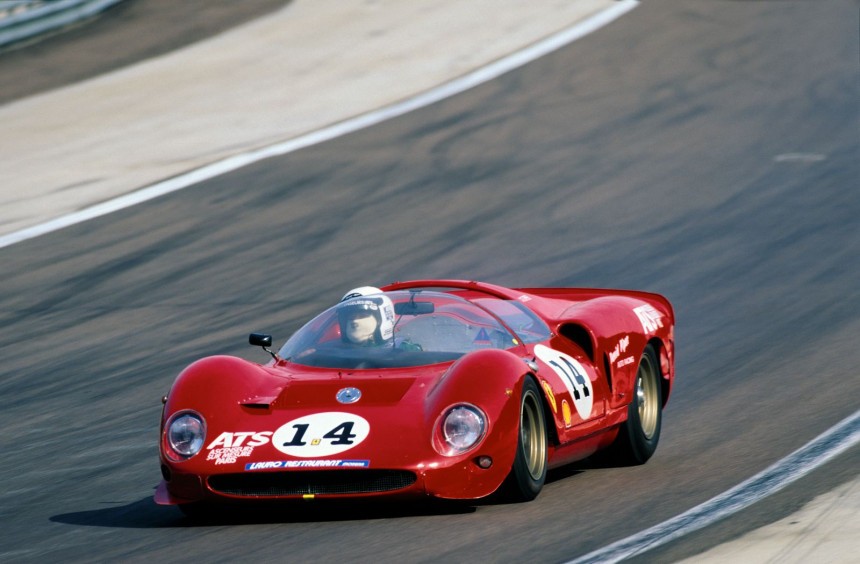
Photo: Ferrari
Things were looking slightly better in the Ferrari camp, especially after all the GT40s were out of the race. Only three of the twelve Ferrari-powered cars had to retire during the first 12 hours. Nevertheless, the remaining P2 flagships lost a lot of time in the pits at night, primarily because of cracked brake discs which led to suspension problems.
Despite this, the slower 250 LMs were surprisingly reliable. At the halfway mark, two LMs were in the first and second positions, followed by the only 275 GTB.
Slowly but surely, Ferrari lost all of its state-of-the-art P2 prototypes and two 250s, but the three remaining LMs and the 275 GTB soldiered on, earning the Italian carmaker the most unlikely 1-2-3 finish and what turned out to be its last Le Mans triumph.
An underdog victory of epic proportions
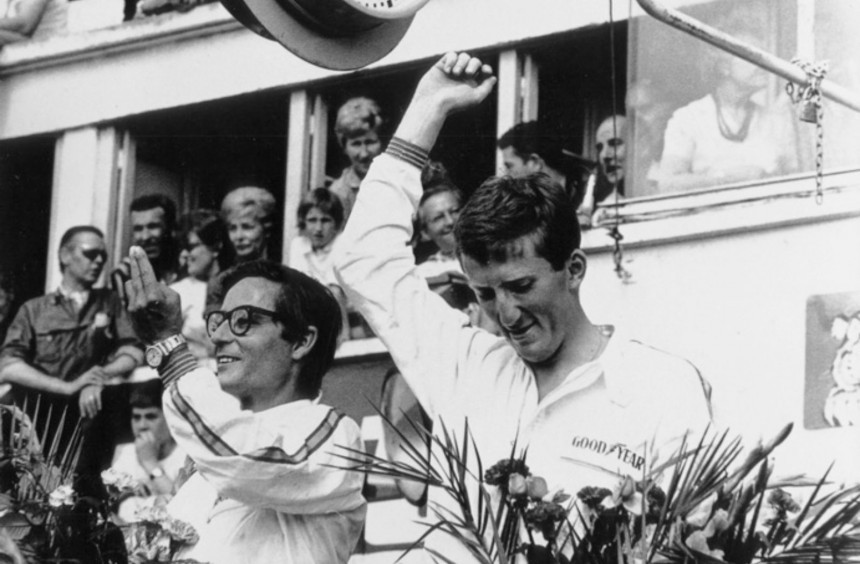
Photo: Photo courtesy of 24h-lemans.com
Ultimately, only 14 out of 51 cars crossed the finish line. The winning car was a 250 LM shared by Masten ‘Kansas City Flash‘ Gregory and Jochen Rindt of the North American Racing Team (NART), marking the first time a non-works team won the famous endurance race in the past seven years.
Even more surprising, the second car to finish the race was a non-factory-backed Ferrari 250 LM entered by French privateer Pierre Dumay who also drove it, alongside Belgian Gustave ‘Taf‘ Gosselin.
The third place was secured by the 275 GTB driven by Willy Mairesse and Jean ‘Beurlys‘ Blaton of Belgian team Ecurie Francorchamps.
From Ford vs. Ferrari to Dunlop vs. Goodyear
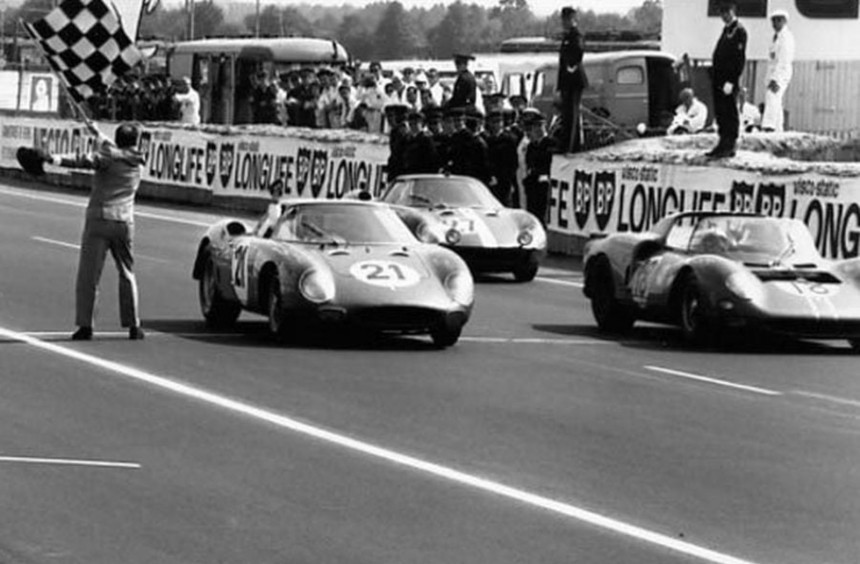
Photo: Photo courtesy of 24h-lemans.com
The NART car finished the race victorious despite Enzo Ferrari’s disagreement.
The story goes that during the latter stages of the race, when the French 250 LM was in the lead, and the NART car was nearly flying around the track, determined to erase a two-lap deficit, a representative from Dunlop was sent by “Il Comendatore” to the NART paddock.
He told team boss (and former three-time Le Mans winner) Luigi Chinetti to instruct his drivers to slow down or face severe consequences in the future. That’s because Ferrari had a contract with the British tire company, which happened to provide tires for the leading Dumay car, while NART was running on Goodyears.
In the end, Chinetti ignored Enzo’s request and told his drivers to go even faster. Then, the French privateer car blew a tire on the Mulsanne Straight, damaging the rear bodywork. Although the driver managed to take it back to the pits, the mechanics lost a lot of time repairing the damaged panels, and by the time the car was back in the race, it was five laps behind the NART 250 LM.
The legend of the ghost driver
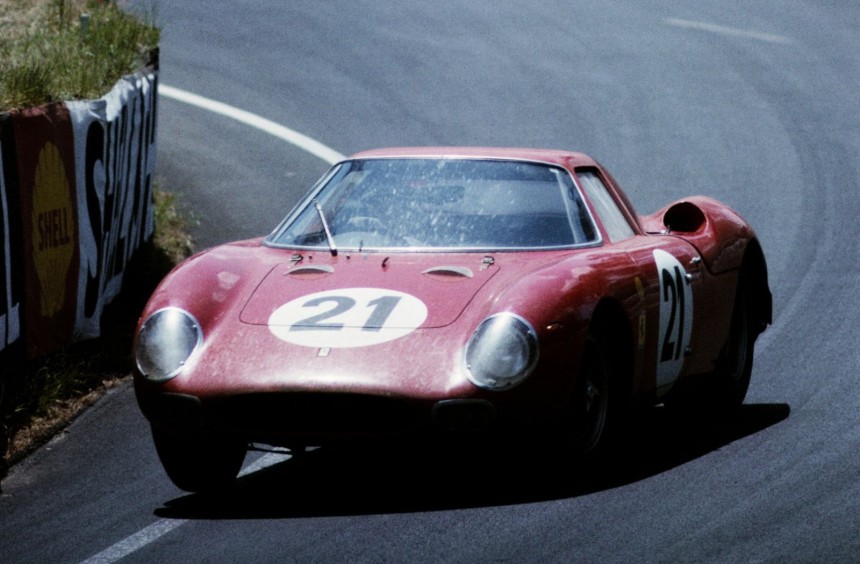
Photo: Ferrari
Another interesting and mysterious story from the 1965 race involves a so-called ghost driver that briefly drove the winning NART car.
Legend has it that, at some point during the night, Masten Gregory came into the pits after finishing his stint, but the second driver, Jean Blaton was nowhere to be found. Thus, longtime NART driver Ed Hugus who was part of the team’s staff, took Blaton’s helmet and jumped into the car, driving it for a few good hours under cover of darkness.
Though the story was dismissed by several historians, reporters, and even Chinetti’s son Coco, Hugus himself never denied or confirmed the rumors.
A jet-powered car finishes the race
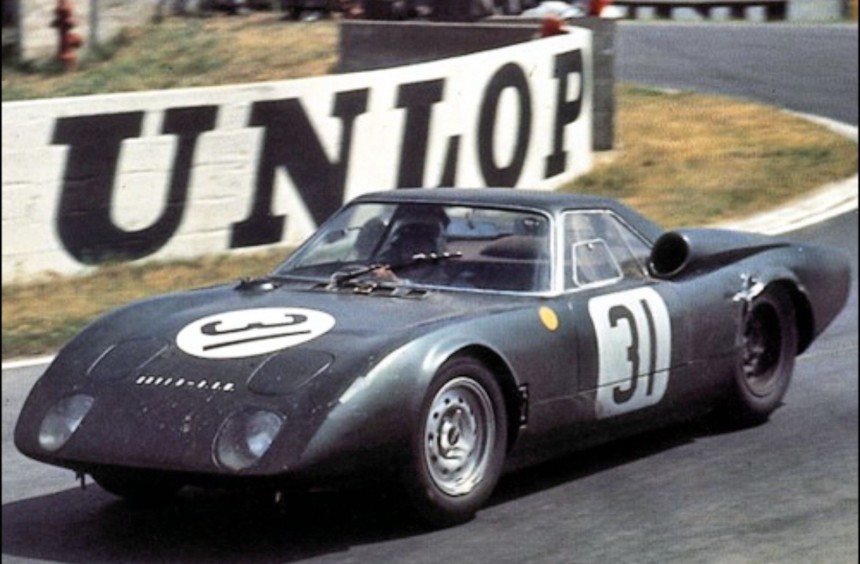
Photo: Jaguar Land Rover Ltd.
In 1963, Rover, who previously built the world’s first fully-functional gas turbine-powered car, partnered with Formula 1 team British Racing Motors to develop a Le Mans race car equipped with a similar engine.
Dubbed Rover-BRM, the prototype debuted as an unofficial, experimental entry in the 1963 race. It managed to finish, grabbing the 250,000 francs that ACO promised to pay any team that could complete a minimum of 3,600 km (2,237 miles) in 24 hours using a gas turbine-powered car.
The Rover-BRM returned in 1964 as an official entry, but despite several improvements, it failed to finish the race.
In 1965, the jet-powered car returned to France for one final stint. Driven by the legendary Graham Hill and future Formula 1 champion Jackie Steward, it was off to a great start, fighting with the Fords and Ferraris in the top ten.
Unfortunately, overheating issues caused engineers to reduce engine power levels, so the drivers could not harness the novel powerplant’s full potential for more than half of the race. Despite this, the Rover-BRM finished 10th after completing 284 laps.
Fifty-eight years later, the 1965 race remains the wildest, most exciting edition of the Le Mans 24-Hours. You can watch original footage from the event in the YouTube video below by fabrice kerio.

